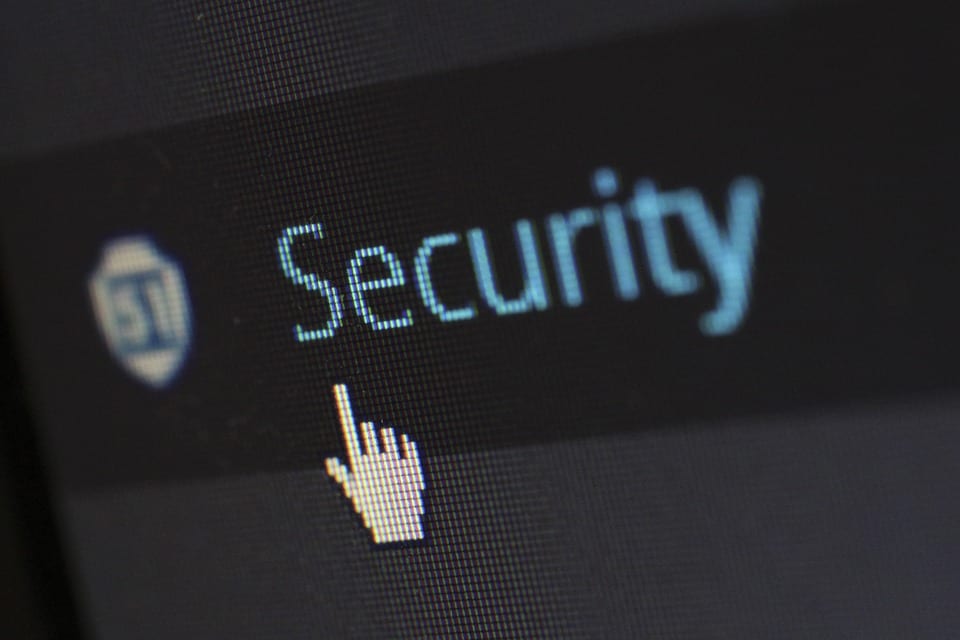Home » Blog » Web Design »
How to Make a Website More Secure

A recent Hubspot research showed that 82% of visitors would leave a website that is not secure. Still, many businesses neglect to implement security measures on their own websites.
Companies that are careless with their visitors’ data can put their visitors at risk, attract unfavorable feedback and lose business altogether. Here are some tips to make a website more secure.
SSL
In October 2017, Google Chrome’s newest update started flagging web pages and websites that don’t have SSL. SSL (Secure Sockets Layer) is the standard technology that ensures all data that passes between a web server and browser – passwords, credit card information and other personal data – remain private and protected from hackers.
Google also acknowledges that SSL is now considered a ranking signal in its search algorithm. An SSL-enabled website can outrank another site without SSL.
With the latest update, visitors are warned right inside their browsers before they can even type any information. This means businesses are confronted with the possibility of losing a visitor’s trust, whether a cybersecurity incident has actually taken place or not.
How to Verify if Your Website is Enabled with SSL
On a Google Chrome browser, enter your website’s URL. If you see “Secure” highlighted in green with a padlock icon, it signifies that your website is SSL-certified.
If you have a different browser, type your website in the URL bar. If your website contains “https://” with additional “s”, it means it is SSL-protected.
What to do:
In case you don’t have SSL, now is the perfect time to have it installed on your website. Identify which kind of SSL you need and the quantity. Keep in mind that you may use different SSL certificates when you host your content on various platforms, domains or subdomains. You may also check with your CMS providers if an SSL certificate is included in the service they provide you.
Other things you can do to make a website more secure:
- Install the latest extensions, applications or plugins to ensure 100% (or almost) protection from hackers.
- Utilize a Content Delivery Network (CDN) to spot and manage traffic spikes, thus preventing a DDoS attack. A DDoS attack happens when a hacker floods your server with traffic to the point that it stops responding. At this point, a hacker can access sensitive data kept in CMS.
- Confirm that your CDN has data centers in various locations. In case something goes wrong with one server, your website can continue to operate.
- Use a password manager. Use a secure password, with upper and lowercase letters, special characters and numbers.
